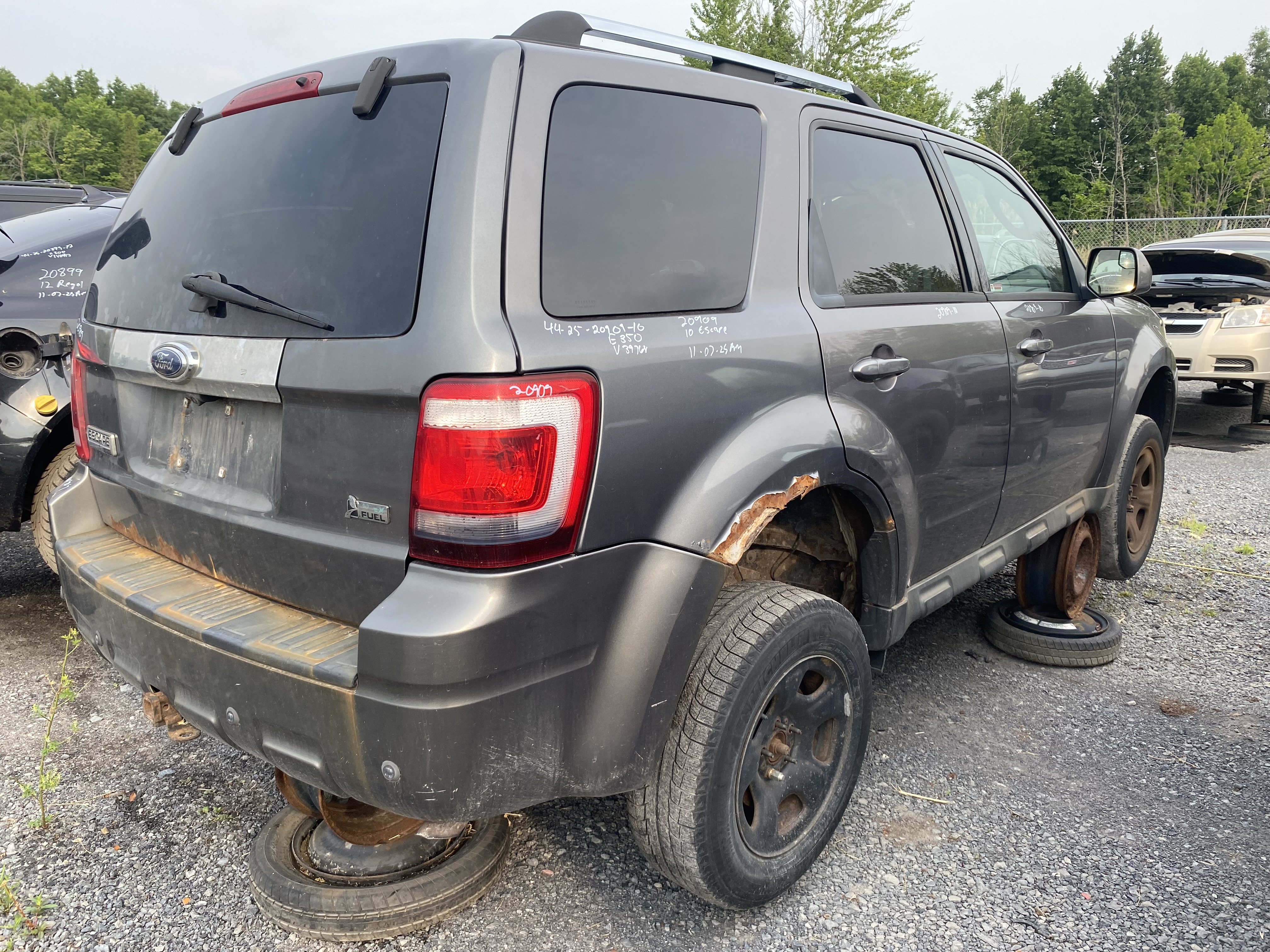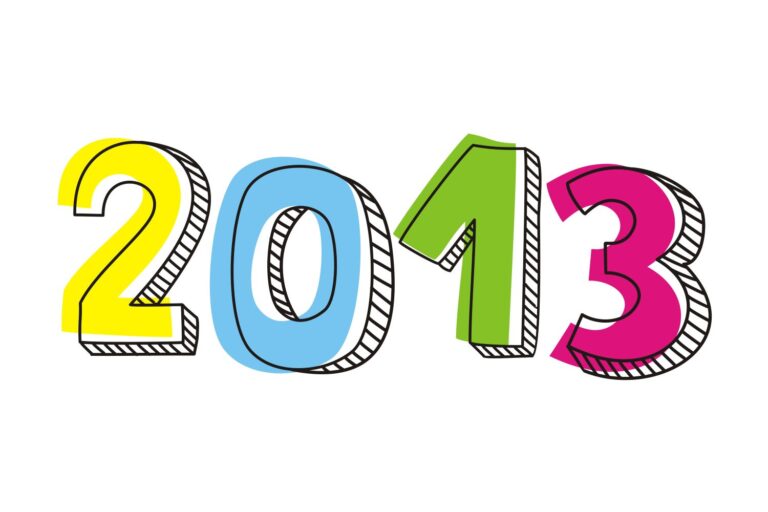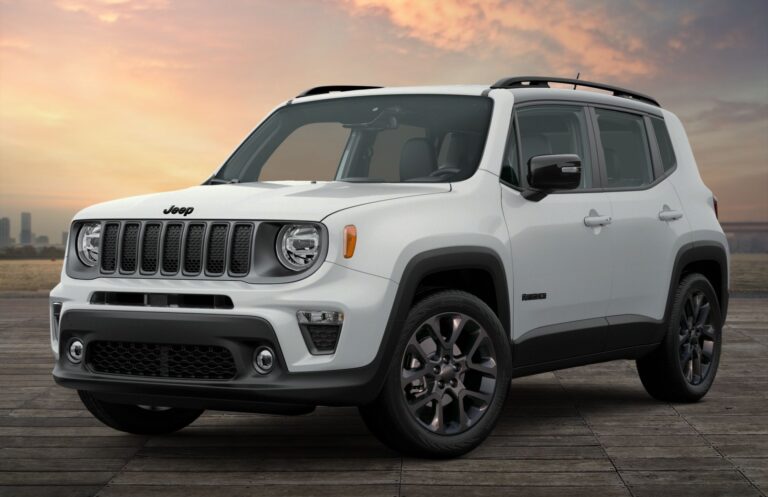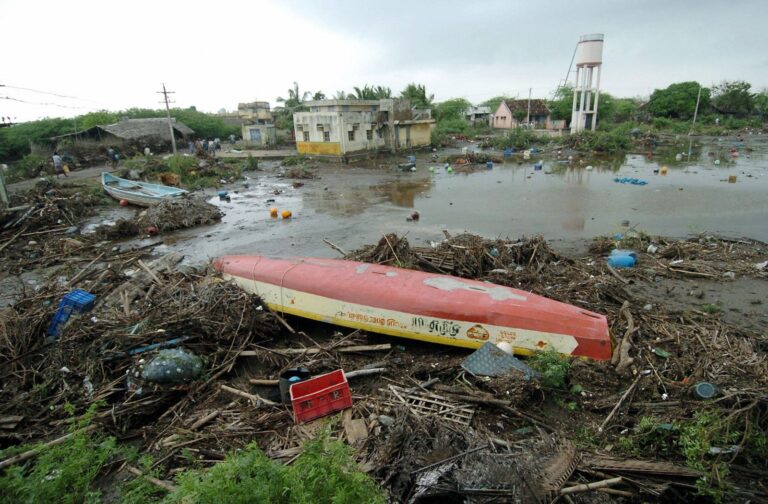2010 Jeep Hardtop For Sale: Your Comprehensive Guide to Finding and Owning an Iconic Off-Roader
2010 Jeep Hardtop For Sale: Your Comprehensive Guide to Finding and Owning an Iconic Off-Roader jeeps.truckstrend.com
The phrase "2010 Jeep Hardtop For Sale" conjures images of rugged adventure, timeless design, and unparalleled off-road capability. For many, a Jeep Wrangler isn’t just a vehicle; it’s a lifestyle, a statement, and a gateway to exploration. Specifically, the 2010 model year, part of the revered JK generation (2007-2018), represents a sweet spot in the used market. It offers the classic Wrangler experience with modern touches, the versatility of a hardtop, and often, a more accessible price point than newer models.
This comprehensive guide is designed for anyone considering purchasing a 2010 Jeep Hardtop. We’ll delve into what makes this particular model year significant, what to look for when buying, the benefits and potential challenges of ownership, and practical advice to ensure you make an informed decision and embark on your Jeep journey with confidence.
2010 Jeep Hardtop For Sale: Your Comprehensive Guide to Finding and Owning an Iconic Off-Roader
The Enduring Appeal of the 2010 Jeep Wrangler Hardtop (JK Generation)
The 2010 Jeep Wrangler falls squarely within the highly popular JK generation, a period that saw the Wrangler grow in size, capability, and comfort without sacrificing its core identity. The JK introduced the four-door Unlimited model alongside the traditional two-door, significantly broadening its appeal to families and those needing more cargo space.
What makes the 2010 model a compelling choice in today’s used market? It arrived mid-generation, benefiting from several years of refinements since the JK’s 2007 debut. While it still features the 3.8L V6 engine (which some find less powerful than the later 3.6L Pentastar), it’s known for its robust reliability when properly maintained. Critically, it retains the solid axles, body-on-frame construction, and legendary 4×4 systems that define a true Jeep.
The "Hardtop" aspect is particularly important. While Wranglers are famous for their removable soft tops, the factory hardtop offers distinct advantages:
- Enhanced Security: A solid roof provides greater protection against theft and vandalism.
- Improved Noise Reduction: It significantly cuts down on road noise, making highway driving more comfortable.
- Superior Weather Protection: Better insulation against cold, heat, and rain, offering a more sealed cabin.
- Rigidity and Durability: Less susceptible to wear and tear from the elements or trail branches than a fabric top.
- Freedom Top: Most 2010 hardtops came with the "Freedom Top," a clever design allowing the front two panels above the driver and passenger to be removed independently, offering a taste of open-air driving without taking off the entire roof.

Whether you’re an off-road enthusiast seeking a capable trail rig, a daily driver wanting an iconic vehicle with character, or someone looking to customize a unique ride, the 2010 Jeep Hardtop offers a versatile and enduring platform.
Key Specifications and Features to Look For

Understanding the core components and available features of the 2010 Jeep Hardtop is crucial for any potential buyer.
- Engine: The 2010 Wrangler is powered by Chrysler’s 3.8-liter OHV V6 engine. It produces 202 horsepower and 237 lb-ft of torque. While not a powerhouse compared to modern engines, it provides sufficient power for most off-road scenarios and daily driving, albeit with modest acceleration. Reliability is generally good, but some owners report oil consumption as mileage increases.
- Transmission: Buyers have two main options:
- 6-speed Manual: A robust manual transmission that offers more control and a more engaging driving experience, favored by purists.
- 4-speed Automatic: A durable automatic transmission, convenient for daily driving and less fatiguing in stop-and-go traffic.

- Drivetrain: All 2010 Wranglers are 4×4.
- Command-Trac (Sport, Sahara): A part-time 4×4 system with 2H, 4H, and 4L.
- Rock-Trac (Rubicon): A heavy-duty part-time 4×4 system with a lower 4L gear ratio (4.0:1) for extreme off-roading, specific to the Rubicon trim.
- Axles:
- Sport/Sahara: Dana 30 front, Dana 44 rear.
- Rubicon: Heavy-duty Dana 44 front and rear, often with electronic locking differentials (Tru-Lok).
- Trim Levels: The 2010 Wrangler was available in several trims, each offering different levels of features and off-road capability:
- Sport (X): The base model, offering essential Jeep capability. Often comes with 16-inch steel wheels, manual windows/locks, and air conditioning (sometimes optional).
- Sahara: A more comfortable and feature-rich trim, typically including power windows/locks, cruise control, a premium audio system, body-color fender flares, and 18-inch alloy wheels.
- Rubicon: The ultimate off-road trim, designed for extreme trails. It adds front and rear electronic locking differentials, an electronic disconnecting front sway bar, heavy-duty Dana 44 axles, and a lower transfer case gear ratio. These are highly sought after.
When reviewing a specific "2010 Jeep Hardtop For Sale," confirm its trim level and verify the presence and functionality of its stated features, especially the hardtop itself (check for the Freedom Top panels, rear wiper, and defroster).
What to Inspect Before Buying (A Buyer’s Guide)
Purchasing a used vehicle, especially a Jeep Wrangler, requires a thorough inspection. Their off-road nature means they might have seen tougher lives than typical SUVs.
-
Mechanical Inspection:
- Engine: Check for oil leaks (especially around the oil filter housing and valve covers), listen for unusual noises (ticking, knocking), and observe exhaust smoke color. Check coolant levels and condition.
- Transmission: For automatics, check fluid color and smell. Test drive to ensure smooth shifts without slipping or harshness. For manuals, check clutch engagement and shifter feel.
- Suspension: Look for worn bushings, leaky shocks, or bent components. Pay attention to any lift kits or aftermarket modifications – ensure they were installed correctly.
- Steering: Check for excessive play in the steering wheel, which could indicate worn steering components (tie rods, ball joints, steering box).
- Brakes: Check pad and rotor wear, and listen for squealing or grinding.
- Drivetrain: Inspect universal joints (U-joints) on the driveshafts for play or rust. Ensure 4×4 engages smoothly in all settings (2H, 4H, 4L).
-
Body & Frame Inspection:
- Rust: This is critical, especially in regions that use road salt. Inspect the frame rails (inside and out), body mounts, rocker panels, door hinges, and undercarriage components. Surface rust is common; severe, penetrating rust is a deal-breaker.
- Accident Damage: Look for inconsistent paint colors, misaligned body panels, large gaps, or evidence of significant repairs. A CarFax or AutoCheck report is essential here.
- Hardtop Condition: Inspect the hardtop for cracks, especially around mounting points or the rear window. Check the condition of all seals around the doors, windows, and Freedom panels – leaks are common. Ensure the rear wiper and defroster work. Verify all mounting bolts are present and secure.
-
Interior Inspection:
- Water Damage: Lift carpets and check for mold, mildew, or rust on the floor pans, especially common near door sills or under seats from previous leaks.
- Electronics: Test all power windows, locks, radio, air conditioning, heater, and dashboard lights.
- Seats: Check for tears, stains, and proper adjustment.
- Doors: Ensure doors open and close smoothly, and hinges aren’t seized or excessively worn.
-
Documentation & Test Drive:
- Service Records: Ask for maintenance history. A well-documented vehicle suggests a caring owner.
- Verify the title is clean and matches the VIN on the vehicle.
- Pre-Purchase Inspection (PPI): Always, always, always get a qualified, independent mechanic to perform a PPI. This small investment can save you thousands.
- Test Drive: Drive the Jeep on various surfaces, including highway speeds and some uneven terrain if possible. Listen for unusual noises, feel for vibrations, and assess acceleration, braking, and steering response.
Benefits and Potential Challenges of Owning a 2010 Jeep Hardtop
Owning a 2010 Jeep Hardtop is a unique experience, offering distinct advantages and some considerations to keep in mind.
Benefits:
- Legendary Off-Road Capability: The core reason to own a Wrangler. With solid axles, excellent ground clearance, and robust 4×4 systems, it can tackle trails that leave most SUVs stranded.
- Massive Aftermarket Support: The Wrangler is arguably the most customizable vehicle on the planet. From lift kits and larger tires to bumpers, winches, and interior upgrades, you can truly make it your own.
- Open-Air Freedom (with Hardtop Flexibility): The removable Freedom Top panels allow for a partial open-air experience, while the full hardtop offers year-round comfort and security. You can always swap to a soft top later if desired.
- Strong Resale Value: Jeeps, particularly Wranglers, hold their value exceptionally well. Your investment is likely to retain a significant portion of its purchase price.
- Iconic Design: The Wrangler’s design is timeless and instantly recognizable. It’s a vehicle that turns heads and exudes character.
- Community: Owning a Jeep connects you to a vibrant and supportive community of enthusiasts.
Potential Challenges:
- Fuel Economy: The 3.8L V6 is not known for its efficiency. Expect real-world combined MPG figures in the low to mid-teens, especially if running larger tires or a lift.
- On-Road Refinement: While improved over previous generations, the JK Wrangler is still a rugged, body-on-frame SUV. It can be noisy, have a somewhat stiff ride, and its handling is not car-like.
- Potential for Rust: As mentioned, rust can be a significant issue, particularly on the frame, body mounts, and door hinges, especially in salt-heavy climates.
- Previous Owner Modifications: Be wary of poorly installed aftermarket parts. While many mods are beneficial, shoddy work can lead to expensive problems.
- Engine Performance: Some owners find the 3.8L V6 underpowered, especially when loaded down or climbing steep grades. This is more noticeable on models with larger tires.
- Hardtop Removal/Storage: While beneficial, the full hardtop is heavy and cumbersome. It typically requires two people to remove and dedicated storage space.
- Water Leaks: While the hardtop helps, Wranglers (especially older ones) can be prone to minor water leaks around door seals or Freedom panels.
Tips for a Successful Purchase and Ownership
- Set a Realistic Budget: Beyond the purchase price, factor in potential maintenance, insurance, and any immediate modifications or repairs.
- Research Specific Models: Decide if a Sport, Sahara, or Rubicon best suits your needs and budget.
- Prioritize the Pre-Purchase Inspection (PPI): This is your most important step. A professional assessment will uncover issues you might miss.
- Negotiate Based on Condition: Use any identified flaws during the inspection to negotiate the price.
- Consider Insurance Costs: Wranglers can sometimes have higher insurance premiums due to their off-road nature and higher theft rates in some areas.
- Plan for Maintenance: Even reliable vehicles need regular care. Adhere to the maintenance schedule and address issues promptly.
- Join Jeep Communities: Online forums, local clubs, and social media groups are invaluable resources for advice, tips, and camaraderie.
2010 Jeep Hardtop Estimated Price Guide
Please note that these are estimated price ranges for the US market as of late 2023/early 2024. Actual prices will vary significantly based on mileage, condition, modifications, region, and specific options. This table is for general guidance.
| Trim Level | Condition: Good (High Mileage, Minor Flaws) | Condition: Excellent (Low-Mid Mileage, Well-Maintained) | Condition: Modified (Lifted, Upgraded) |
|---|---|---|---|
| Wrangler Sport (2-Door) | $8,000 – $12,000 | $12,500 – $16,000 | $10,000 – $18,000+ (Depends on mods) |
| Wrangler Sport Unlimited (4-Door) | $10,000 – $14,000 | $14,500 – $18,500 | $12,000 – $20,000+ (Depends on mods) |
| Wrangler Sahara (2-Door) | $9,000 – $13,000 | $13,500 – $17,000 | $11,000 – $19,000+ (Depends on mods) |
| Wrangler Sahara Unlimited (4-Door) | $11,000 – $15,000 | $15,500 – $19,500 | $13,000 – $21,000+ (Depends on mods) |
| Wrangler Rubicon (2-Door) | $10,000 – $15,000 | $15,500 – $20,000 | $14,000 – $25,000+ (Highly sought after, mods add value) |
| Wrangler Rubicon Unlimited (4-Door) | $12,000 – $17,000 | $17,500 – $22,500 | $16,000 – $30,000+ (Highly sought after, mods add value) |
Note: "Modified" prices can vary wildly. A well-executed, tasteful build with quality parts can increase value, while a poorly done or extreme build might limit the buyer pool or even decrease value.
Frequently Asked Questions (FAQ)
Q1: Is the 3.8L engine in the 2010 Wrangler reliable?
A1: Generally, yes. While some owners report higher oil consumption at higher mileages, it’s a robust engine when properly maintained. It’s less powerful than the later 3.6L Pentastar, but it’s proven to be durable.
Q2: How hard is it to remove the hardtop?
A2: The full hardtop is heavy and cumbersome, typically requiring two people to remove safely. The front "Freedom Top" panels, however, are lightweight and can be removed by one person in minutes for a quick open-air experience.
Q3: What’s the fuel economy like on a 2010 Jeep Hardtop?
A3: Expect modest fuel economy. The 3.8L V6 typically delivers around 15-17 MPG combined, with figures dropping further for models with larger tires, lift kits, or heavy aftermarket accessories.
Q4: What’s the main difference between Sport, Sahara, and Rubicon trims?
A4: The Sport is the base model, offering core capability. The Sahara adds more comfort and convenience features (power windows, nicer interior, body-color fenders). The Rubicon is the most off-road capable, featuring heavy-duty axles, electronic locking differentials, and a disconnecting front sway bar for extreme articulation.
Q5: What are the most common rust spots to check on a 2010 Wrangler?
A5: Key areas include the frame rails (especially near the skid plates and control arm mounts), body mounts, rocker panels, door hinges, and under the carpet (check the floor pans for signs of water leaks or rust).
Q6: Can a 2010 Jeep Wrangler Hardtop be a good daily driver?
A6: Yes, many people use them as daily drivers. The hardtop helps with noise and comfort compared to a soft top. However, be aware that it’s a rugged vehicle, not a luxury SUV. Expect a stiffer ride, more road noise than a car, and less refined handling.
Conclusion
The 2010 Jeep Hardtop For Sale represents an excellent opportunity to own a piece of automotive Americana. It offers the classic Wrangler aesthetic, formidable off-road prowess, and the practical benefits of a hardtop, all within a generation renowned for its balance of capability and comfort. While every used vehicle purchase comes with its considerations, a well-inspected 2010 Wrangler can provide years of adventurous driving and a strong return on investment.
By understanding its key features, knowing what to inspect, and being aware of the potential benefits and challenges, you can confidently navigate the market for a 2010 Jeep Hardtop. Embrace the journey, and soon you could be experiencing the unique freedom and camaraderie that only a Jeep Wrangler can offer. Happy Jeeping!





